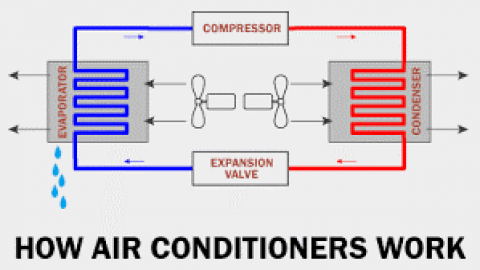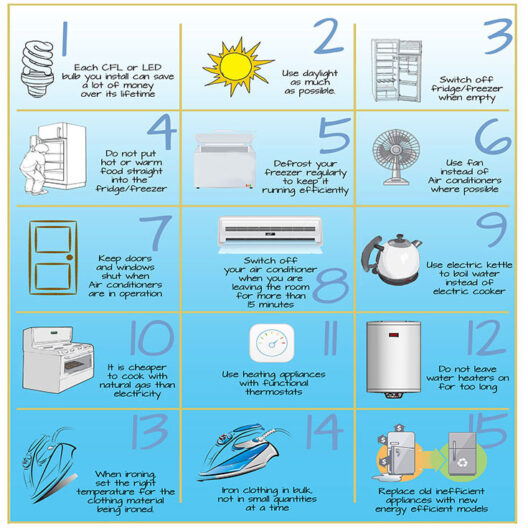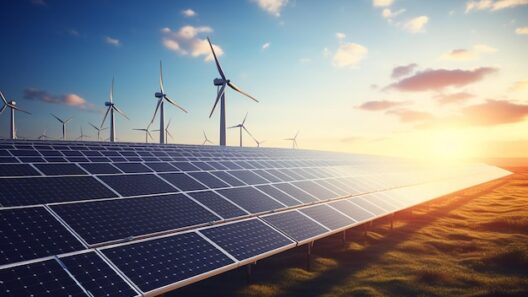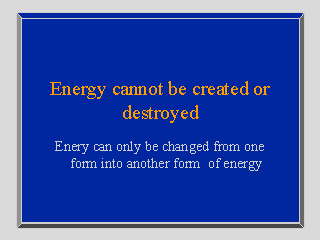Air conditioning has become a hallmark of modern comfort, particularly in regions where sweltering heat reigns for extended periods. However, the environmental ramifications and energy costs associated with widespread AC use have prompted a growing need for efficient systems and conscientious practices. Understanding how to conserve energy while utilizing these cooling systems can lead to a more sustainable approach to temperature control. This guide offers practical tips to enhance the efficiency of your air conditioning, aiding both your budget and the planet.
Energy-efficient air conditioning is no longer merely a luxury; it’s an imperative. Here’s how you can optimize performance and minimize energy consumption.
Understanding AC Efficiency Ratings and Their Importance
Before diving into energy conservation tips, it is vital to comprehend air conditioning efficiency ratings. The Seasonal Energy Efficiency Ratio (SEER) and the Energy Efficiency Ratio (EER) are essential benchmarks that determine how efficiently a unit operates. A higher SEER rating signifies improved efficiency, translating into lower energy bills and reduced environmental impact. Choosing a unit with an efficient rating is the first step toward responsible energy use.
Regular Maintenance is Key
One of the cornerstones of efficient air conditioning is regular maintenance. Neglecting to service your AC can lead to inefficiencies, resulting in increased energy consumption. Here are a few maintenance tips to keep in mind:
• Clean or Replace Filters: Dust and debris can clog filters, reducing airflow and forcing your system to work harder. Cleaning or replacing these filters every month, especially during peak use, can enhance efficiency considerably.
• Schedule Professional Inspections: Annual check-ups by a qualified technician can identify potential issues before they escalate. This proactive step ensures that your system runs at optimal performance, reducing energy consumption and prolonging the life of your unit.
• Inspect Ductwork: Leaky ducts can waste a significant amount of cool air. Regularly inspect your ductwork for any signs of damage or air loss and seal leaks to ensure efficiency.
Optimize Thermostat Settings
Modern thermostats come equipped with programmable and smart settings that allow for tailored temperature management. Simple adjustments can have a considerable impact on energy use:
• Set Temperatures Wisely: According to energy efficiency experts, setting your thermostat to 78°F (or higher) when you’re home and raising it during periods of absence can significantly lower energy costs. Each degree you raise your thermostat can result in 3-5% energy savings.
• Utilize Programmable Features: A programmable thermostat allows you to set specific temperatures for different times of day. Schedule the AC to use less energy during nights or when you are away from home, automatically cooling down shortly before your return.
• Embrace Smart Technology: Invest in smart thermostats that learn your habits over time, adjusting their settings accordingly. These devices not only save energy but increase your overall convenience.
Enhance Cooling Strategies
Innovative cooling strategies can reduce the burden on your air conditioning system, promoting efficiency:
• Utilize Ceiling Fans: Ceiling fans can help circulate cool air effectively. Running them in conjunction with your AC allows you to adjust the thermostat higher, without sacrificing comfort. Remember, ceiling fans cool people, not rooms; turn them off when the room is unoccupied.
• Close Blinds or Curtains: Solar heat gain can cause your AC to work overtime. Close blinds during peak sunlight hours or use reflective window treatments to minimize heat absorption, offering your cooling system respite.
• Use Exhaust Fans: Kitchen and bathroom exhaust fans can effectively remove humidity and heat produced from cooking or showering, allowing your AC to work less hard to maintain comfortable temperatures.
Consider Alternative Cooling Methods
When temperatures rise, there are several non-traditional approaches to cooling your home that can mitigate reliance on air conditioning:
• Natural Ventilation: When weather permits, open windows and utilize natural breezes to keep your indoor space comfortable. Cross-ventilation, achieved by opening windows on opposite sides of your home, can create airflow that cools down interiors.
• Indoor Plants: Certain plants can not only improve air quality but also create microclimates that feel cooler. Large leafy plants like fiddle leaf figs or peace lilies are effective choices.
• Shade Trees: If you have the means, consider planting deciduous trees around your home. These trees provide shade during the summer months and allow sunlight in during the winter, improving overall energy efficiency.
End-of-Season Preparation
As the cooling season comes to a close, preparing your air conditioning unit for its downtime is crucial. This proactive measure ensures longevity and cleanliness:
• Clean the Exterior Unit: Debris can accumulate on the coil and affect efficiency. Clearing away leaves and dirt will promote better airflow and compel your unit to work more effectively next season.
• Cover the Unit: Invest in a protective cover to shield your outside unit from the elements during the off-season. This measure prolongs the life of your system and ensures it operates efficiently when you need it again.
Implementing these energy-saving techniques can transform your air conditioning usage from a luxury into an environmentally responsible necessity. By embracing the principles of efficiency, regular maintenance, and alternative cooling methods, you not only reduce energy consumption but also contribute to a healthier environment. It’s a sustainable journey that begins with informed choices and thoughtful practices.






